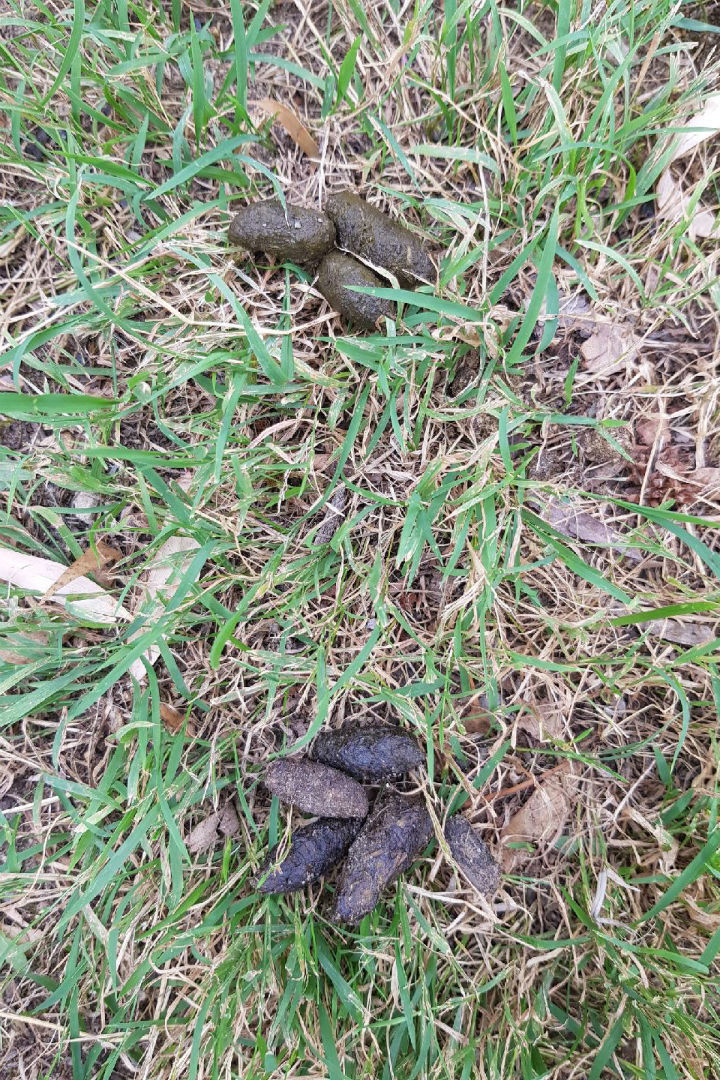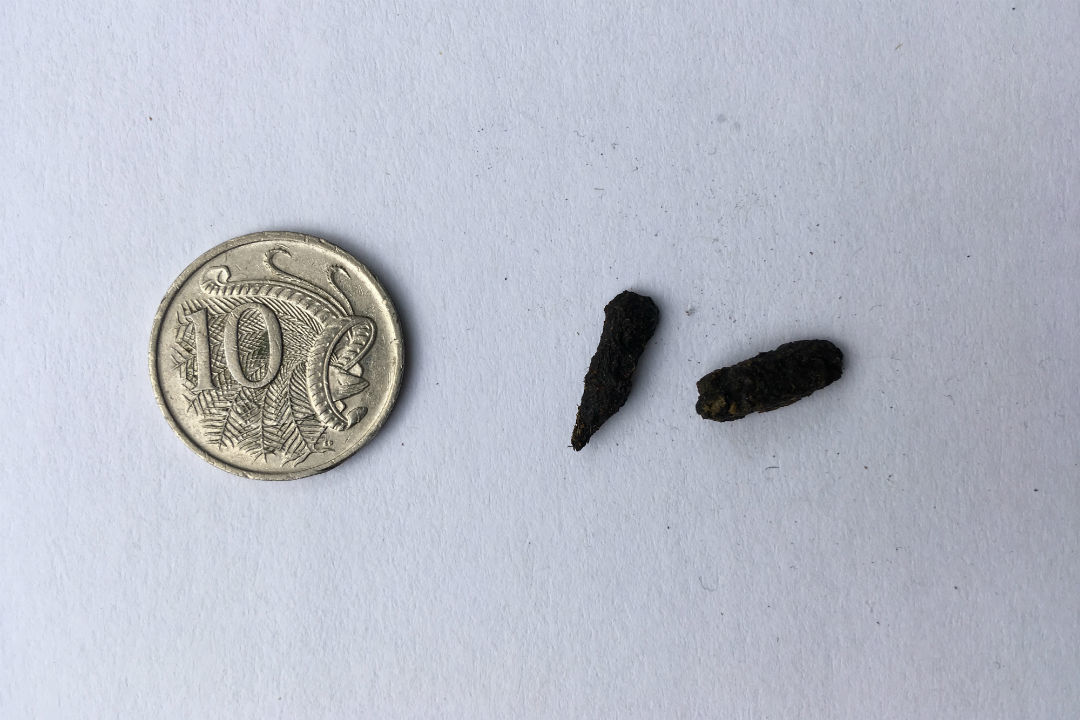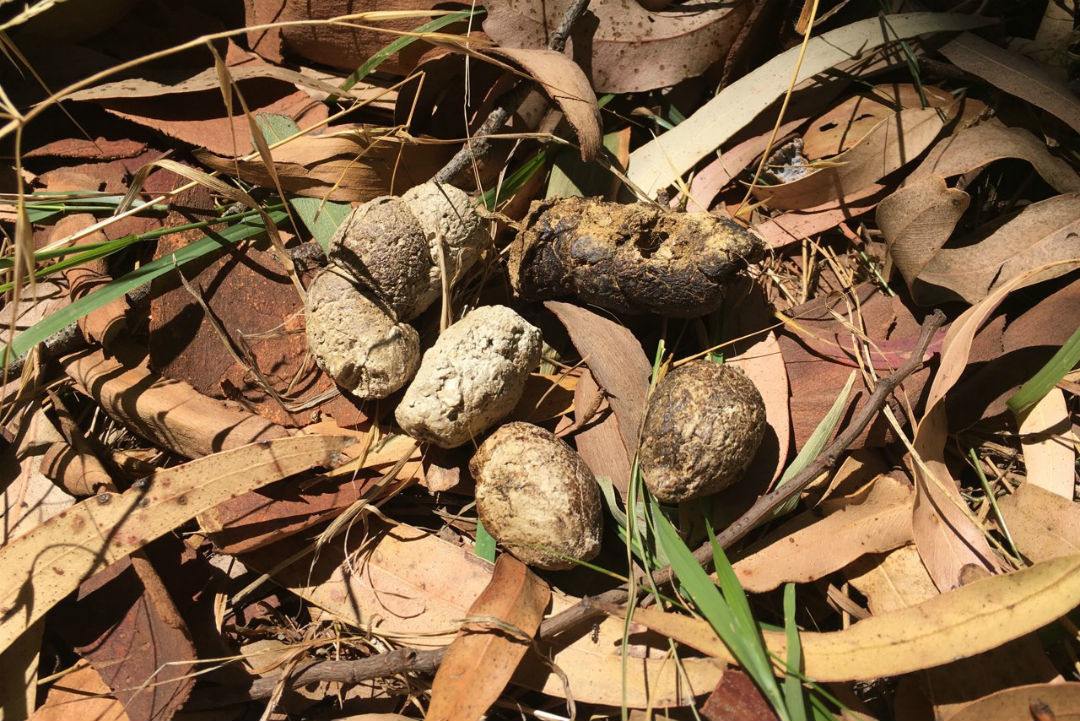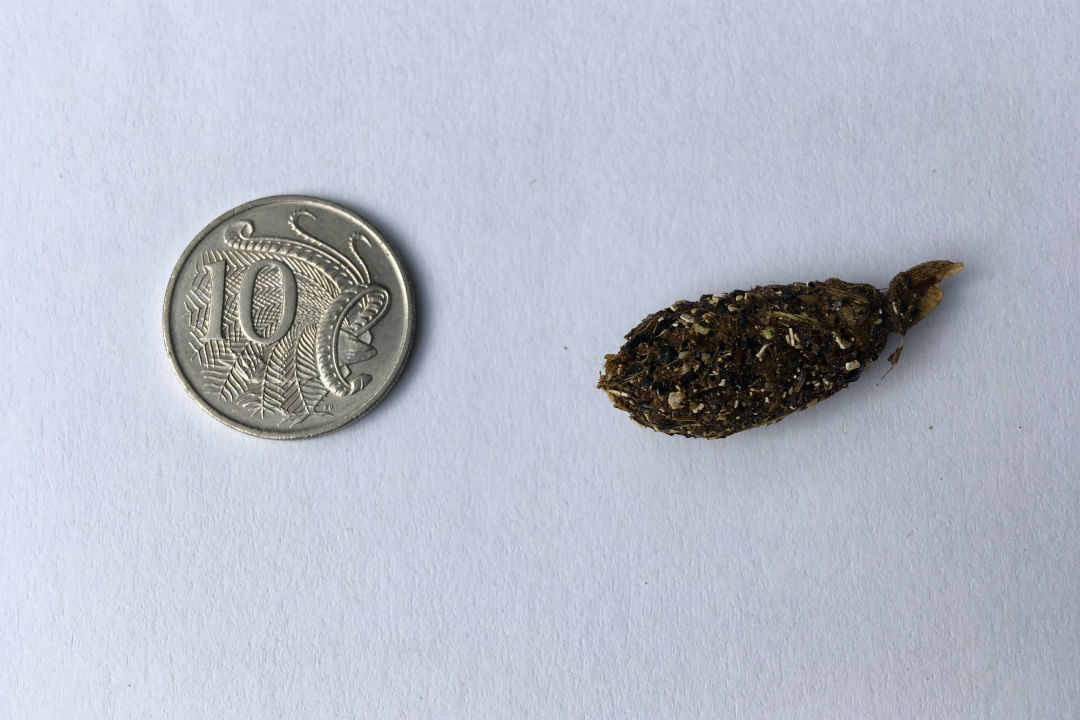
Your guide to identifying animal poo
Gone bushwalking and wondered ‘whose poo is that?’ Brush up on your animal scat knowledge with these gross facts.
If you’re not too squeamish, you can learn a lot from animal poo.
Wild animal poo is known as scat, and it can be very useful in working out what species are nearby because each type of scat is different.
Of course, some scat will begin to dry out and look different with age, so if you really know your business, you’ll be able to tell how long ago the animal was there. Koala poo, for example, goes from a moist green to something that looks more like dried out grass pellets.
However, poo is poo and no-one likes to have it tracked back into the car or tent when you’re visiting a national park, so it’s always a good idea to watch where you step.
Once you’ve dodged that bullet, take a closer look and see if you can pick which of these animals it belongs to:
Koala
Koala poo is about the size and shape of an olive, and it’s usually a dark greenish colour. It’s probably one of the least offensive types of poo, because it smells strongly of eucalyptus.
Koalas produce these little pellets 24 hours a day, even when they’re asleep, and they produce a lot of them – up to 360 a day.

Kangaroo and wallaby
Macropod scat is usually shaped like uneven little balls and can be about 1 – 3cm across depending on the size of the kangaroo. You’ll often find it in small piles, or even in lines.
It’s black on the outside, but the inside is dry and yellowish-green, so you can easily see that the roo’s main food is grass and leaves.
Bandicoot
At first glance, bandicoots might look a bit like introduced rats, but their scat is nothing like rat poo. They eat a lot of insects, so their poo is full of the indigestible parts like beetle casings, as well as bits of grass and dirt. The pellets are 25 – 50 mm long with a smooth, muddy surface.
Bandicoots are often known as the little gardeners of the bush, doing a lot of digging as they turn over the soil and leaf litter looking for tasty morsels, so you’ll often see their scat near their diggings.
Possum
This varies with the species of possum and what they’re eating at the time.
Brushtail possum scat is a similar shape to koala poo, but a little smaller, and it can range from greenish brown to dark brown or black, depending whether they’re helping themselves to garden fruit trees or eating leaves.
Ring-tail possum poo is about 1 cm long and a dark brown to black colour, and can be best described as an uneven pellet that looks a lot like an olive pit.

Wombat
You’ll never mistake a wombat poo for any other animal’s, because wombats are famous for doing square poo.
This Conversation story has a great explanation of how and why this happens. Long story short, it’s all to do with their very slow digestive process.
WOMBATSPOO SQUARES!
(Video courtesy of Animal Wire)
Microbat
If you have microbats living in your roof or chimney, you’re likely to see their poo lying around. It’s very similar to mouse poo in size, shape and colour, but the consistency is much drier.
If you’re looking at a little black poo and wondering whether it came from a bat or a mouse, put on rubber gloves and roll one between your finger and thumb. Mouse poo will squash, while bat scat crumbles.

Emu
As you might imagine, emu poo is pretty big. All in all, it’s a blessing that they are flightless, because an emu poo hitting a windscreen could be disastrous.
However, emu poo can vary quite significantly in appearance, depending on what they’re eating.
For example, if you’re in Mount Remarkable National Park in the southern Flinders Ranges, you’re likely to see something that looks a bit like a cowpat – wet, dark green and roughly the size of a men’s size 6 boot print.
But if you’re in Dhilba Guuranda-Innes National Park on Yorke Peninsula, you’ll see odd little brownish pyramids with a high seed content.
Dingo
Dingoes are wild dogs and hybridise easily with their domestic cousins, so it’s not surprising that dingo scat is quite similar to medium-sized dog poo, in both appearance and smell.
The dog fence runs across the top part of South Australia, and is intended to keep dingoes out of the pastoral zone, so you shouldn’t see dingo scat south of the fence very often.

Fox
It’s an unfortunate fact that foxes are common across South Australia, even in the suburbs. Fox scat looks more like cat poo than dog poo. It is dark brown to black and about the length and width of a thumb, and it can look a bit dry and stringy with a pointy end.
Some things look like poo, but actually aren’t
Some birds of prey birds like owls cough up a pellet made of all the things they can’t digest a few hours after eating. Smaller birds like currawongs and magpies may also produce these pellets.
They can include things like fur, hair and bones from small mammals and reptiles, wings and exoskeletons from beetles and other insects, and seeds.
The size of the pellet depends on the size of the bird. A magpie pellet is about 3cm long, but a larger bird like a barn owl can produce one that’s about 6 or 7cm long.

This story is about whose poo you might find in South Australia’s national parks. If you come across any mysterious scat in your own backyard, you can do a Google search to find out who it might belong to.
For more insights into the creatures that call South Australia home, check out our library ofAnimal Encountersstories. You might be interested to learn about some of ourwackiest-looking marine creatures,or some of oursmallest native species.